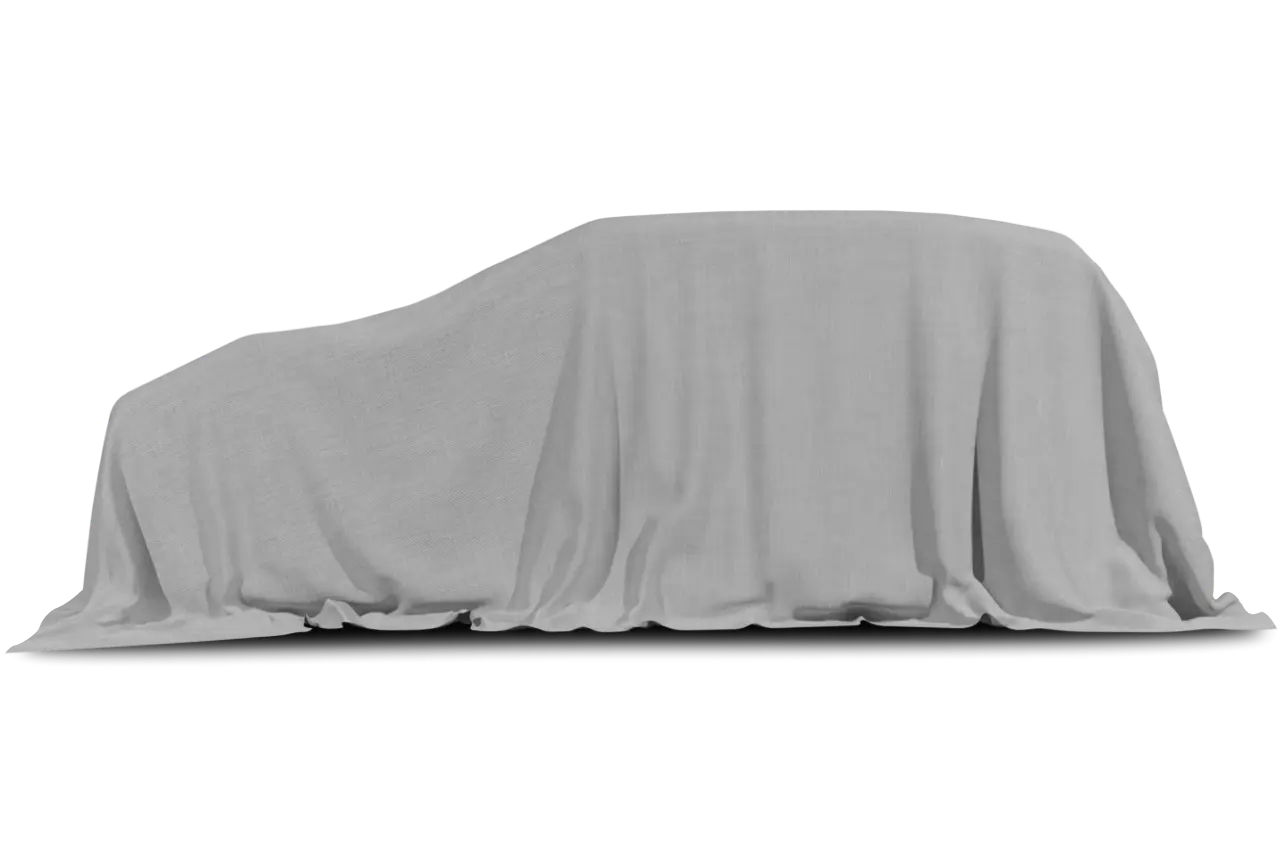
The 2001 Mazda Miata, like the original roadster that appeared as a 1990 model, hardly has enough room inside to carry a tune.
Doesn’t really matter how quick the Miata is when, as has been the case since the day Miata bowed to show up all the British roadsters ever built, there’s no way to look at an 18-wheeler through your rearview mirror without developing a case of the yipes.
Sure Miata is a lot of fun when you sneak out to one of those few stretches of deserted country road untouched by construction barricades, drop the top (manual, no power, so drop it is) and cruise.
With its Munchkin size, Miata is like playing with a Go-Kart.
Unfortunately, when you have to share the pavement with 18-wheelers, not to mention Ford Excursions and Expeditions, you still feel like you are in a Go-Kart–playing tag with those giants and you are “it.”
Why, oh why, won’t Mazda get with the program and add a few inches in width and length and give the vehicle a wider stance on the road? In addition to improved cabin room and comfort, you’d enjoy better ride and handling–not to mention security.
In introducing Miata, Mazda pulled off a coup with a cute and cuddly $13,800 two-seater that was meant to look like a British roadster but act like a Japanese vehicle. That meant that unlike British roadsters, the Miata was designed to run–well and often.
Though a hit with 500,000 sales since its introduction, 250,000 of them in the U.S., it’s time Mazda learned a lesson from the Chevrolet Corvette: No pain-no gain makes no sense.
Cute and cuddly is fine for stuffed animals, but people don’t enjoy being stuffed in the cabin of a two-seat, rear-wheel-drive roadster.
People also don’t enjoy looking out the rearview mirror and wondering whether the motorist approaching in an Excursion with one hand on the wheel and the other on a cellphone sees the cute and cuddly car ahead–and below.
And maybe if the dimensions were enlarged, there would be room for a tiny side rear window in the wraparound cloth top with a monumental blind spot that keeps you guessing what’s behind not only on the road but also in any parking lot.
Chevy civilized the ‘Vette and made it even more enjoyable. Chrysler even added a touch more civility to the Prowler and made it better.
Mazda?
It added zoom.
But even that came up short.
The 1.8-liter 4-cylinder engine underwent a few upgrades for 2001, such as variable valve timing, so it now produces 142 horsepower, up from 140 last year.
However, Mazda boasted the 2001 edition would obtain 155 h.p., only to find after dyno testing that it achieved only 142 h.p.
Mazda says you’ll still feel more off-the-line kick thanks to a boost in torque, with the 4-cylinder delivering 125 foot-pounds at 5,000 r.p.m., up from 119 foot-pounds at 5,500 r.p.m. in the 2000 version.
Mazda did the noble thing. It offered those who bou ght the 2001 two choices–the opportunity to bring it back for a full refund or to keep the vehicle and accept a $500 debit card and the promise of a year’s free vehicle maintenance compliments of the zoom folks.
Mazda officials said not one Miata was returned. However, Miata sales are down 8.8 percent in the calendar year, in part because of the disappointment over the power claim and in part a reflection of the fact that unlike in 1990, there now are a host of roadsters in the market that Miata must compete against–and all are bigger, even if most are more expensive.
Perhaps now that Ford controls Mazda, a longer and wider, and therefore more stable and roadworthy, Miata will surface.
Let’s hope, though one Mazda official said of any plans to bring out a larger Miata: “Those decisions are made in Japan, and there has been no talk in Japan about making Miata any bigger.”
For years Miata was the only vehicle in the Mazda stable worth checking out. Toda the attraction at Mazda is the Tribute, the compact sport-ute developed with Ford, which calls its version Escape.
Mazda can’t build enough Tributes to satisfy demand. Can’t say the same is true of Miata.
Base price of the Miata LS Special Edition we tested is $25,715.
Standard equipment includes a 6-speed manual for the first time on the LS; air conditioning; AM/FM Bose audio system with CD; power windows/door locks/mirrors; cruise control; leather seating; glass rear window with defroster; 16-inch, radial tires; fog lights; dual depowered front air bags with passenger side deactivation switch; four-wheel disc brakes; remote keyless entry; and British racing green exterior finish.
Changes for 2001 include white-faced gauges, covered rather than exposed cupholders and power window switches moved to the center console from the door armrest.
Anti-lock brakes are a must at $550.


















